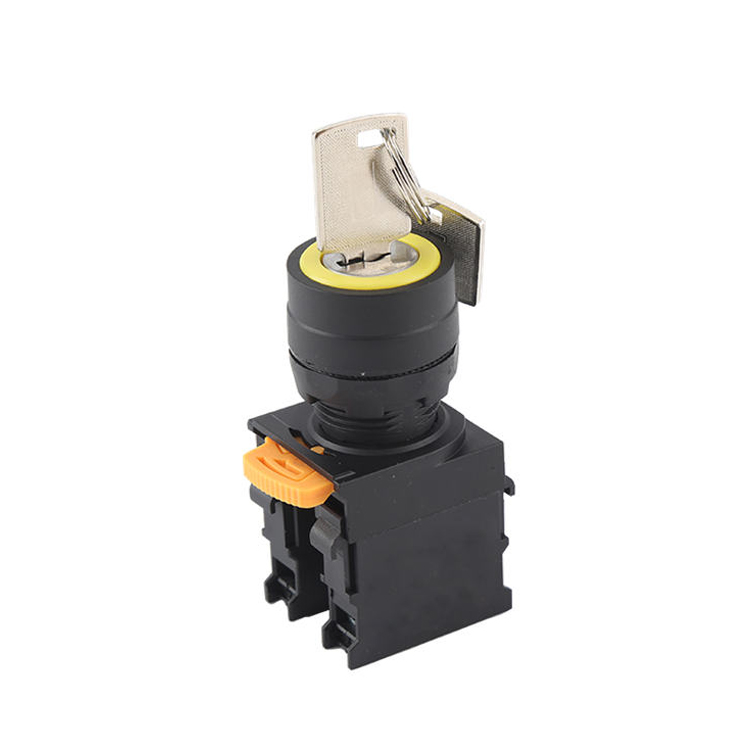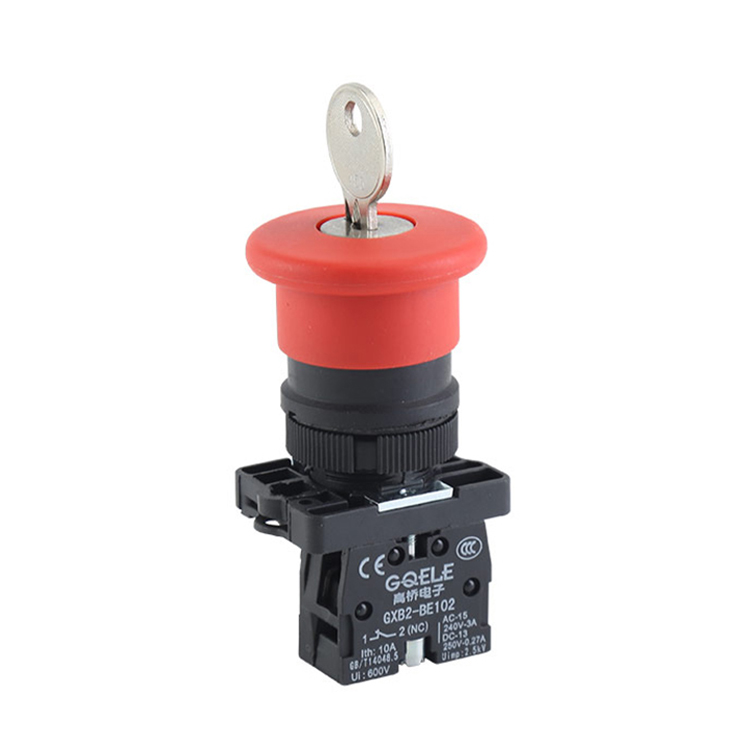

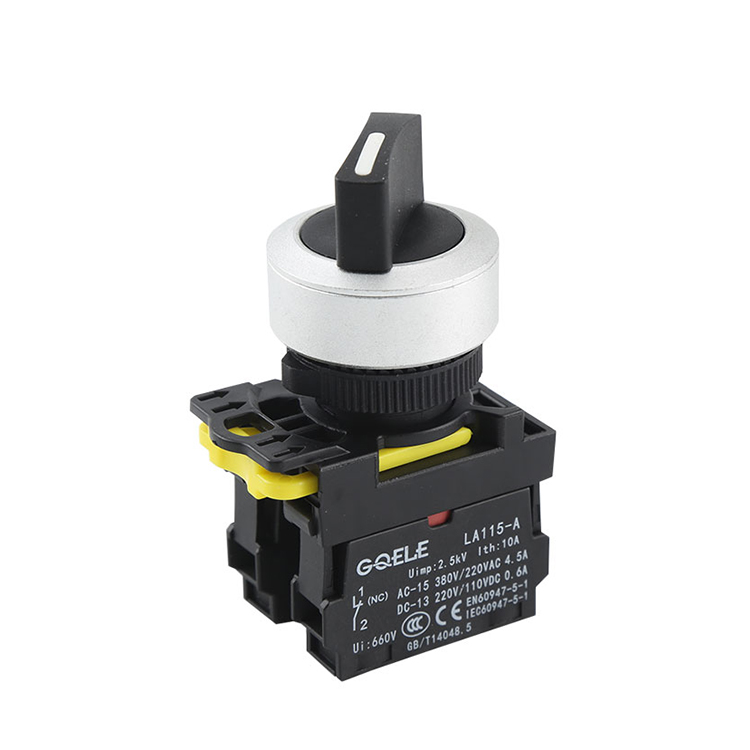


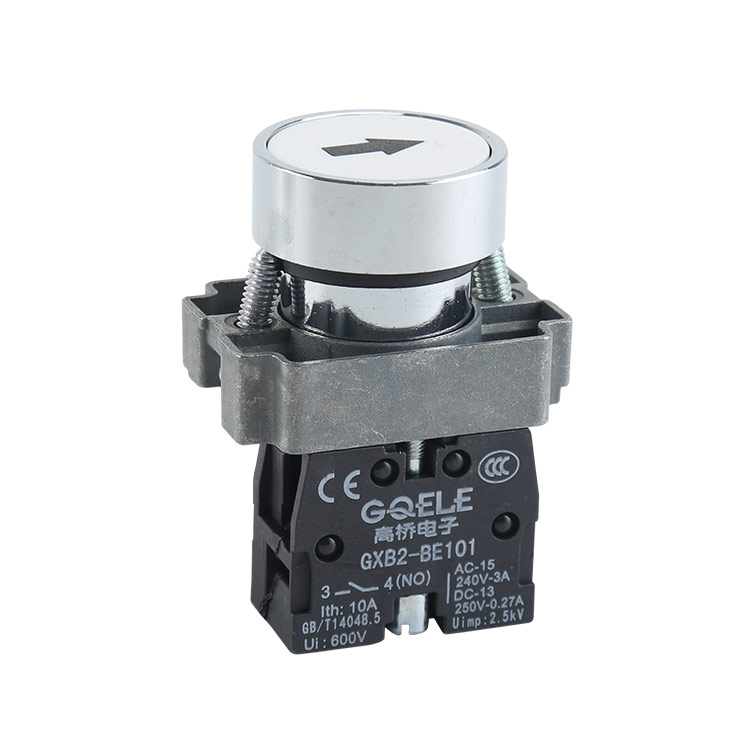
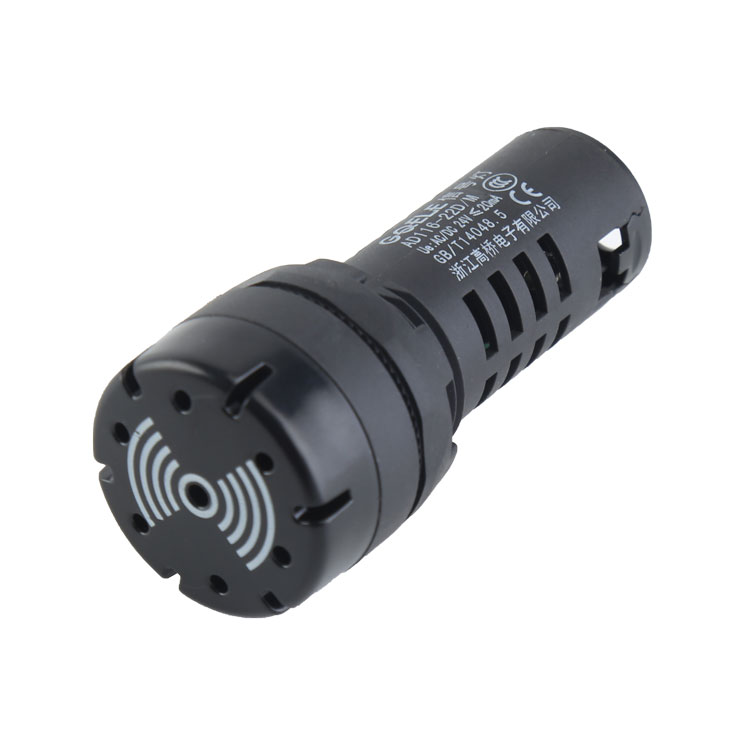



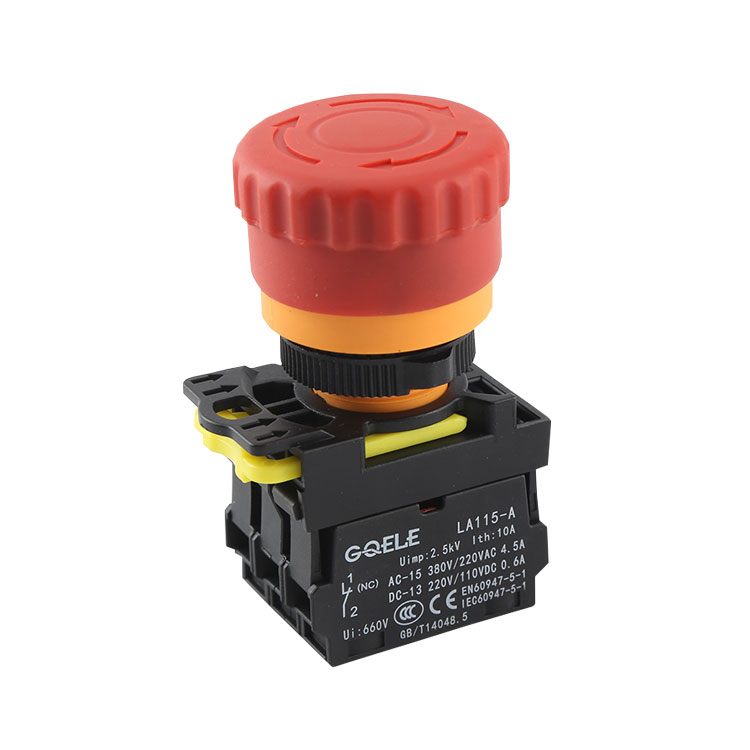

To be a result of ours specialty and repair consciousness, our corporation has won a good popularity amid consumers everywhere in the environment forHigh metal button, We warmly welcome customers from all over the world for any kind of cooperation with us to build a mutual benefit future. We are devoting ourselves wholeheartedly to offer customers the best service. The product will supply to all over the world, such as, French, We believe that good business relationships will lead to mutual benefits and improvement for both parties. We have established long-term and successful cooperative relationships with many customers through their confidence in our customized services and integrity in doing business. We also enjoy a high reputation through our good performance. Better performance will be expected as our principle of integrity. Devotion and Steadiness will remain as ever.
Learn more about the How Does a Push Button Switch Operate? https://www.gqele.com/china-gqele-push-button-switch-factory-with-high-quality.html
